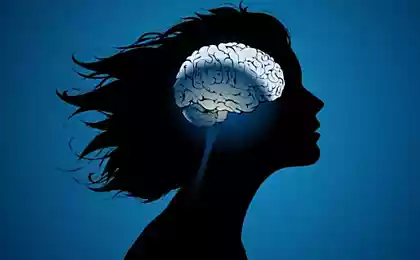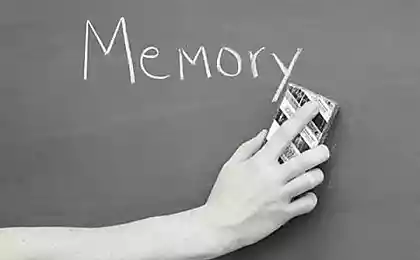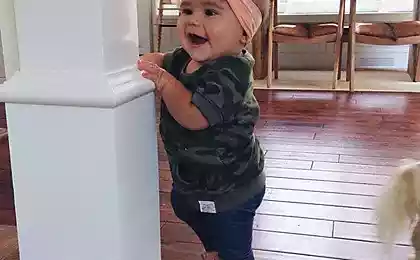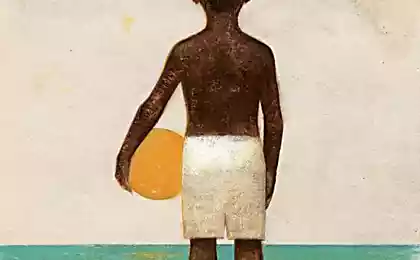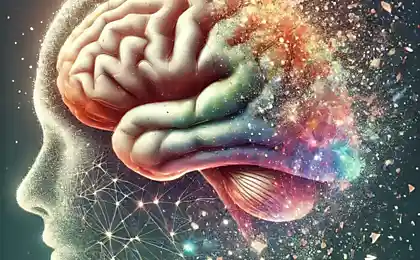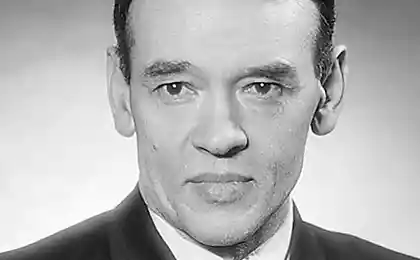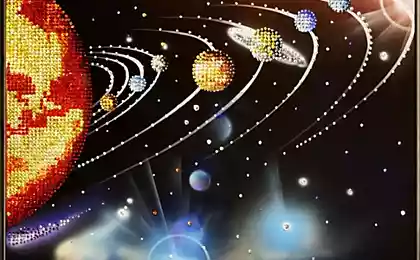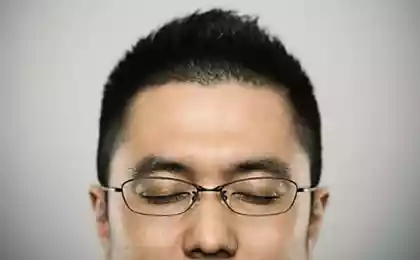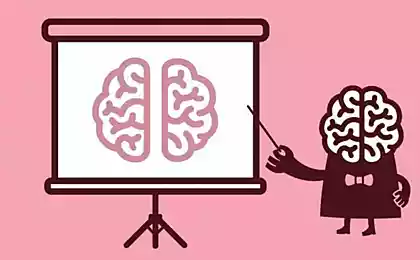431
Where visual memories are born
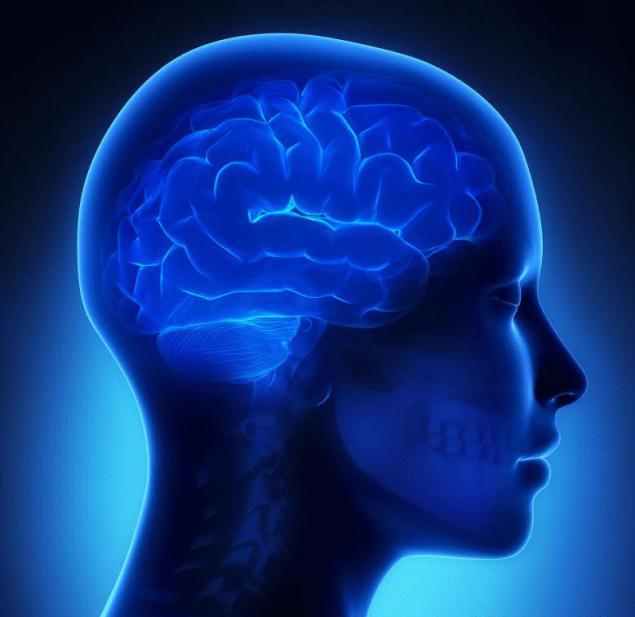
In search of data that could lead to new treatments for cognitive disorders, scientists of the Institute of learning and memory of Picower at the Massachusetts Institute of technology has suddenly discovered how the brain forms memories of what has been seen.
In an article published this week in Nature Neuroscience, a team of scientists led by Mark bear, Professor of neurology at Pikavere showed that the desired changes occur in the primary visual cortex. During the experiments, mice were trained to distinguish between different visual stimuli. Manipulations that prevented the accomplishment of changes in the visual cortex also blocked the formation of memories.
Disturbances in the detection and recognition of familiar visual elements and patterns indicate certain neuropsychiatric disorders, including autism and schizophrenia. With the new discoveries "we have the opportunity to investigate how gene mutations that cause or increase the risk of these diseases, violate the mechanisms of visual memory," says Bear. "We expect that this knowledge will help to find absolutely new approaches to the treatment of these diseases."
To understand the physical basis of memory, researchers seek to identify where and how changes of the brain in the learning process is a very difficult task.
The study's lead author, scientist Samuel cook, showed that mouse trying to explore the visual stimulus, which previously did not feel, but stop when the same stimulus becomes familiar. Scientists have discovered that as soon as the stimulus becomes familiar, changes of synaptic transmission in primary visual cortex. Preventing or reversing this synaptic plasticity in the visual cortex leaves animal is unable to distinguish a familiar visual stimulus from new.
Previously, the primary visual cortex was considered as the "first reaction front" on the visual stimuli that rapidly convey information to regions of the brain of the highest order for interpretation and memory storage.
"Research indicates the visual cortex as a tool of learning and memory, capable of storing simple, but fundamentally important memories, says cook. — Our work gives great hope for the future, because it suggests that we may have a chance to directly observe how the neurons undergo long-lasting changes and form a simple and experimentally limited memory".
Bear expects that the results will surprise neurologists.
Source: hi-news.ru






